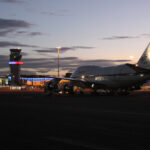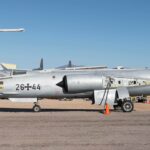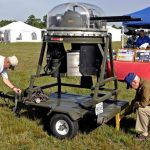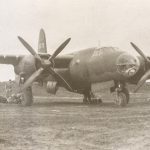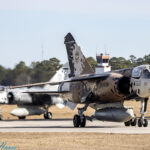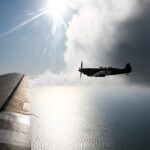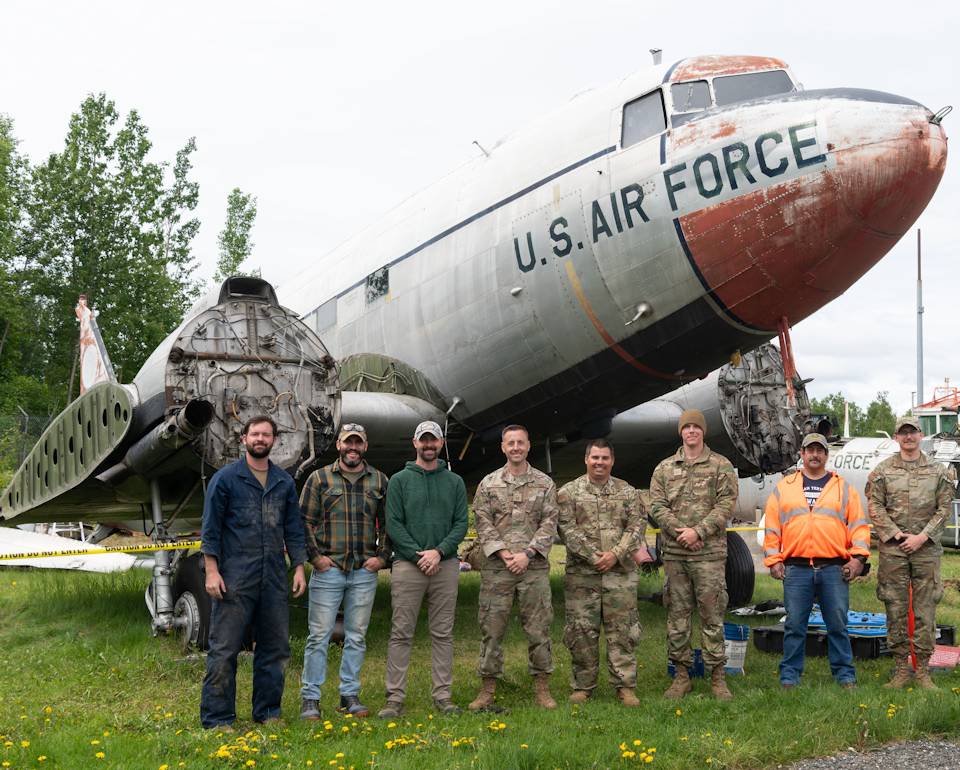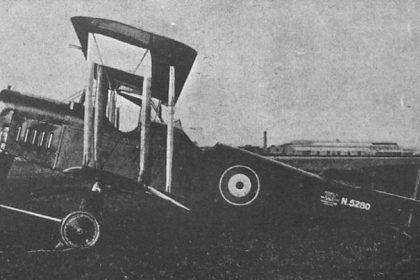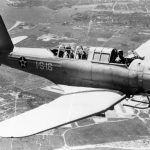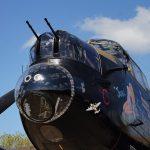By Adam Estes
Sometimes, in order to find some of the rarest restoration projects you have to look for things that are in plain sight. Such is the case with a row of hangars at French Valley Airport in Murrieta, California where Aircraft Restoration Services (ARS), led by Pat Rodgers, has been quietly restoring a Martin B-26 Marauder for display at the Pima Air and Space Museum (PASM) in Tucson, Arizona. One of the fastest medium bombers of WWII, the Marauder overcame a turbulent development period to have the lowest combat loss rate of any American bomber, and served dutifully in the French, South African, and British air forces. Yet today only seven aircraft remain intact, including the one at ARS.
This Marauder is a composite airframe consisting of the forward fuselage of B-26B 41-31856, the wings of B-26 40-1501, and the tail from another Marauder, but the PASM has chosen to represent the aircraft as 41-31856. Little is known on the wartime record of this aircraft, but it seems that it was one of many aircraft that stayed in the continental U.S. to eventually be caught up in the drive to scrap thousands of surplus aircraft and recycle their precious metals into peacetime applications. By the late 1940s, the forward fuselage (including the bombardier’s station, cockpit, and navigator and radio operator stations) was bought by Charles Everett Patterson of Pacific Palisades, a neighborhood near Los Angeles, who sought to convert the bomber’s nose section into a camper. And while that would most certainly have been a sight to behold, Patterson never completed his personal project (his wife Martha French Patterson wrote the book The Backyard Bomber of Pacific Palisades about the family and their adventures), and the fuselage section along with that of B-26B 41-35075 remained on his property until 1982, when the man perhaps most responsible for the survival of as many Marauder components as there are left stepped in.
David Tallichet, a WWII B-17 pilot turned aircraft collector, purchased the noses of 41-31856 and 41-35075 and brought them to his Military Aircraft Restoration Corporation collection at Chino Airport. By this time Tallichet had recovered Marauder sections that had been film props, and the wrecks of three Marauders (40-1501, 40-1459, and 40-1464) that made forced landings near Smith River, British Columbia on January 15th, 1942 and were recovered from the region, nicknamed the Million Dollar Valley for the value of the three wrecks. The nose of 41-35075 is now in storage with Aero Trader on behalf of Kermit Weeks. In 1995, the nose of 41-31856 and the wing section of 40-1501 were loaned by Tallichet and MARC to the Empire State Aerosciences Museum in Glenville, New York, just northwest of Albany, and was registered with the FAA as N4299S.
In 2015 the composite airframe, which now included another tail section acquired by Tallichet (the vertical stabilizer of which bears stencils for B-26B 41-31748), became a project for the PASM with work initially being carried out at the museum’s restoration hangar before being transported to Rodgers’ hangar in Murrieta for the PASM to use that space for several other projects, such as a Lockheed R5O Lodestar. Currently the composite airframe of Marauder 41-31856 stands tall in the Murrieta hangar on its gear with much of the forward section interior being fitted out. Other items in progress include the installation of the aircraft’s two Pratt and Whitney R-2800 engines and dorsal turret, furnishings inside the aft section, and the addition of several control surfaces. There is no estimated date for the eventual completion of the aircraft but upon recognition it will be returned to the PASM, which is already host to a B-18 Bolo, B-23 Dragon, B-24 Liberator, B-25 Mitchell and B-29 Superfortress, not to mention the B-17 inside the 390th Memorial Museum which sits within Pima’s facility.
Additionally, ARS has another composite Marauder at French Valley, this one being Rodgers’ personal project largely based around the remains of Aleutian Islands veteran B-26B 40-1370 (as previously reported on by VAN). ARS is also restoring two Vietnam War combat veteran Bell UH-1 Hueys with one (64-13773) destined for the upcoming National Medal of Honor Museum in Arlington, Texas and the other (63-12930) being restored for the Navy SEALs Museum in Fort Pierce, Florida.
Special thanks to Pat Rodgers and Aircraft Restoration Services for their cooperation in the making of this article.
For more information on Aircraft Restoration Services please visit their Facebook page. For more information on the Pima Air and Space Museum visit their website.







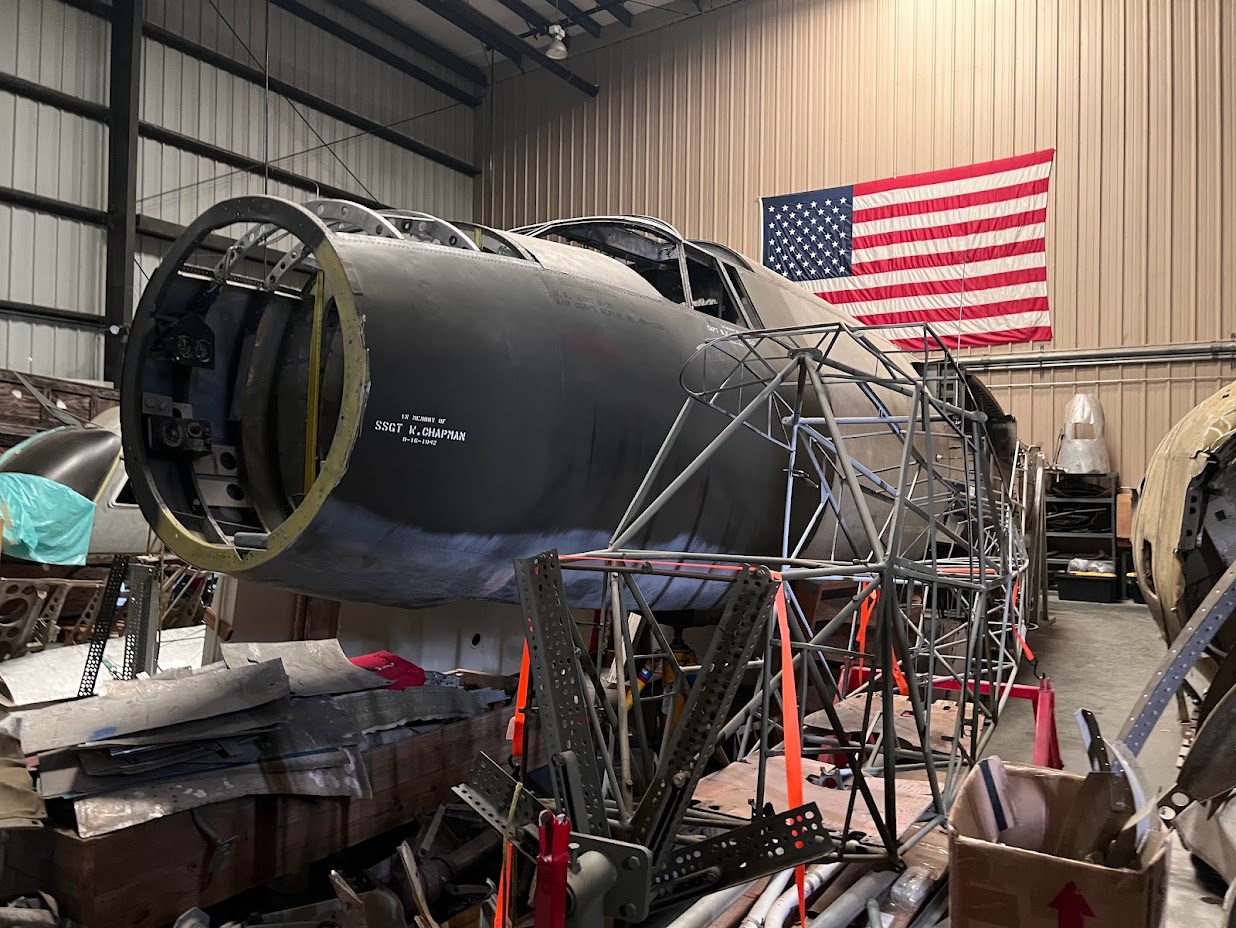

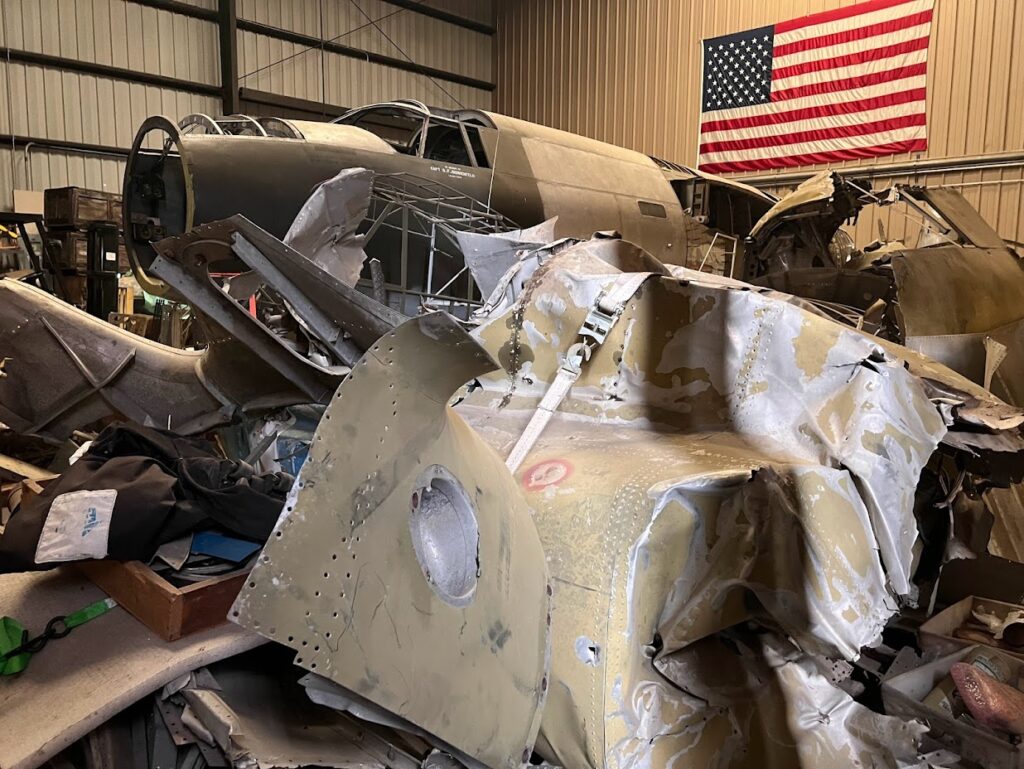
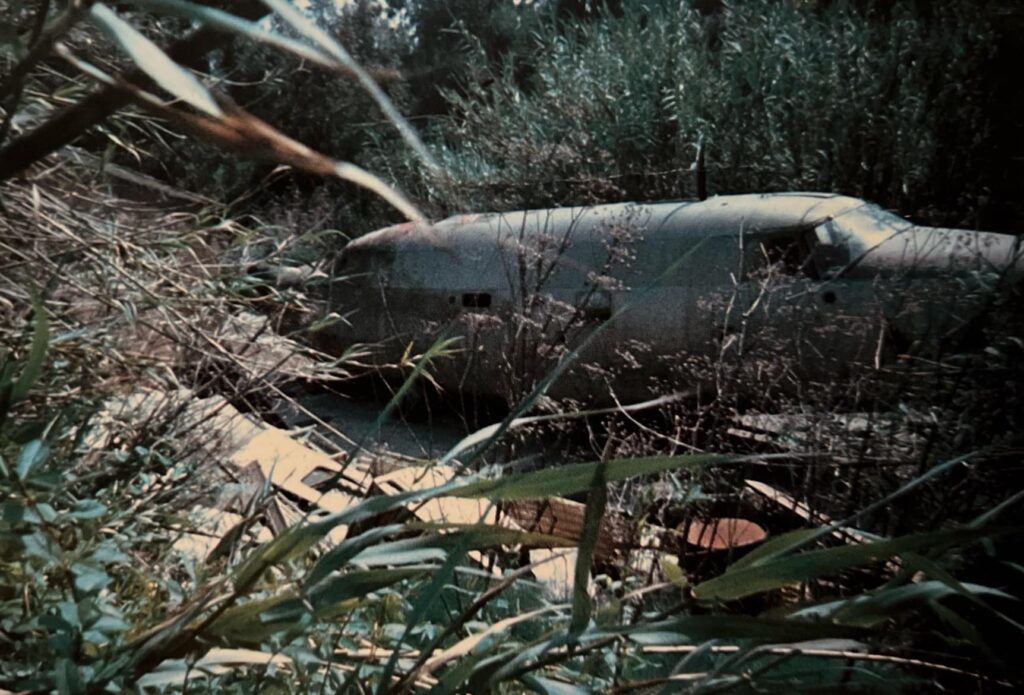
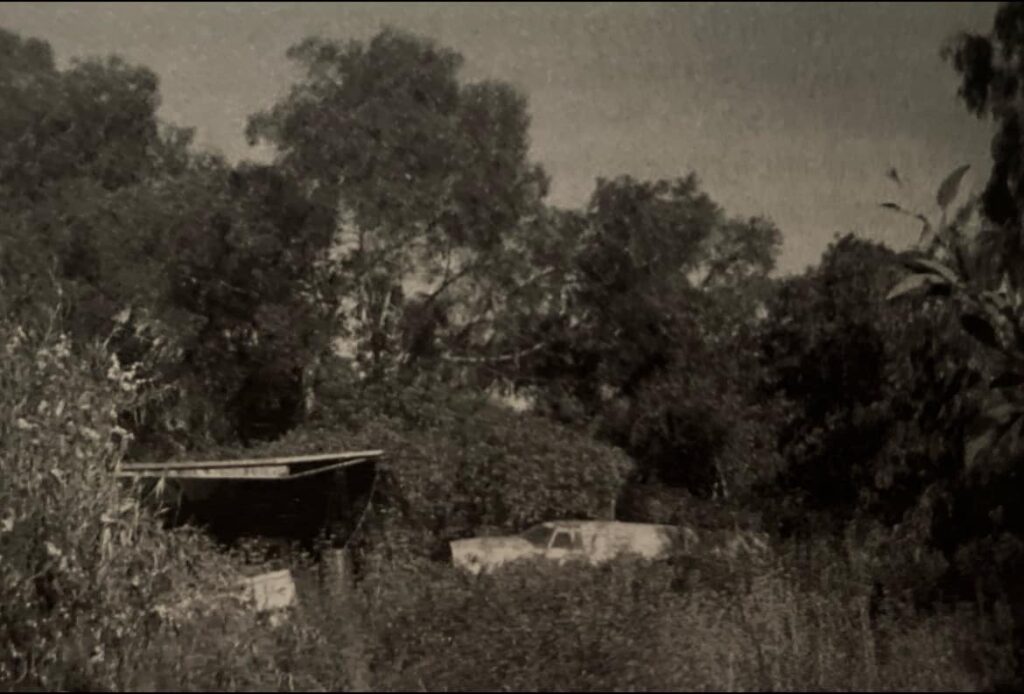
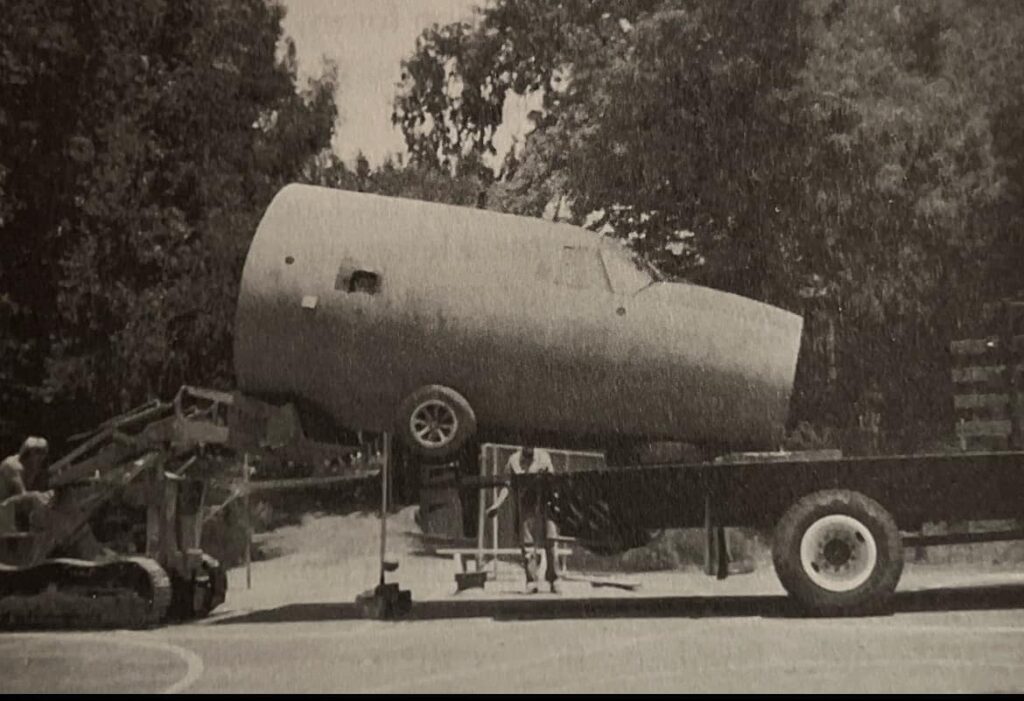
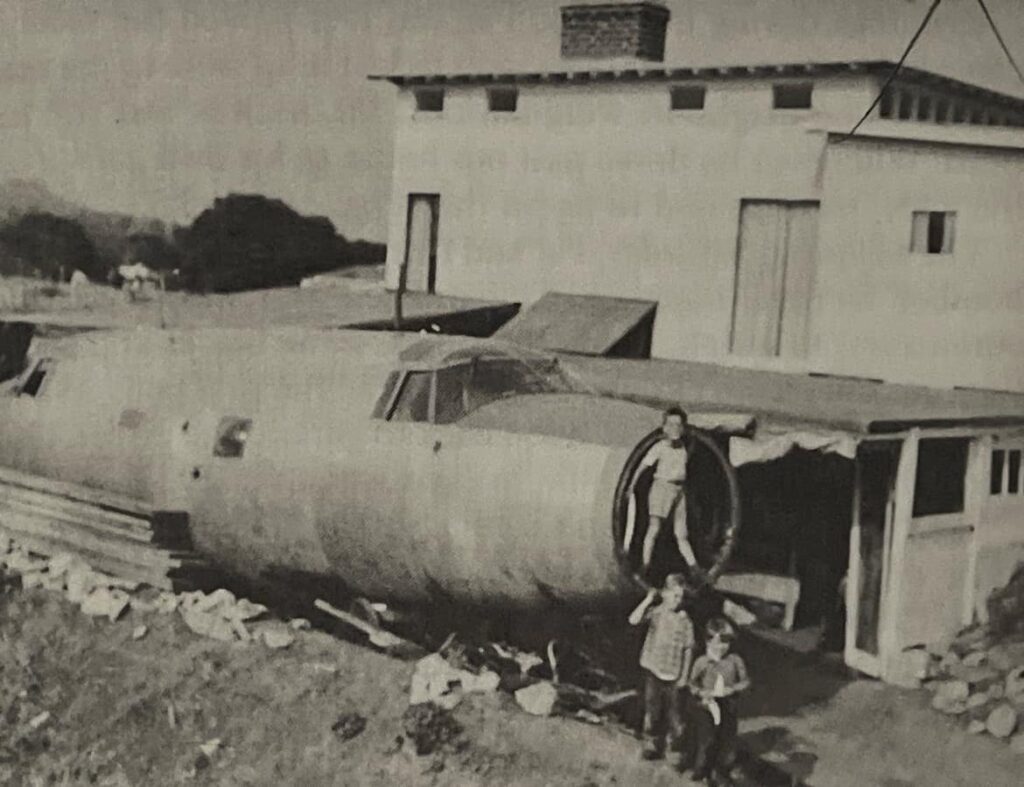
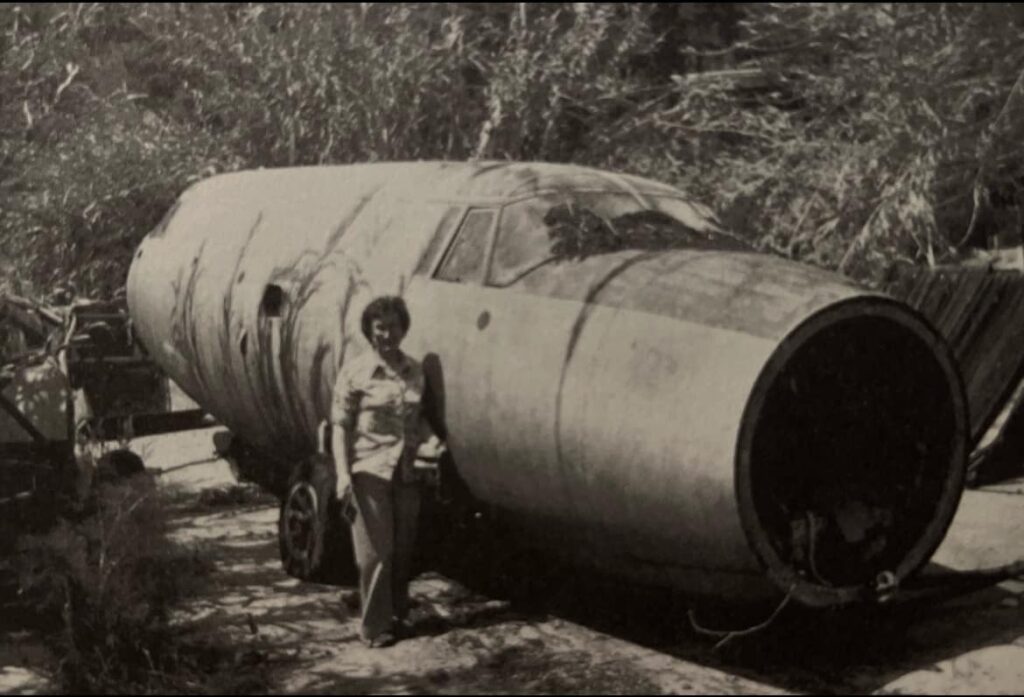
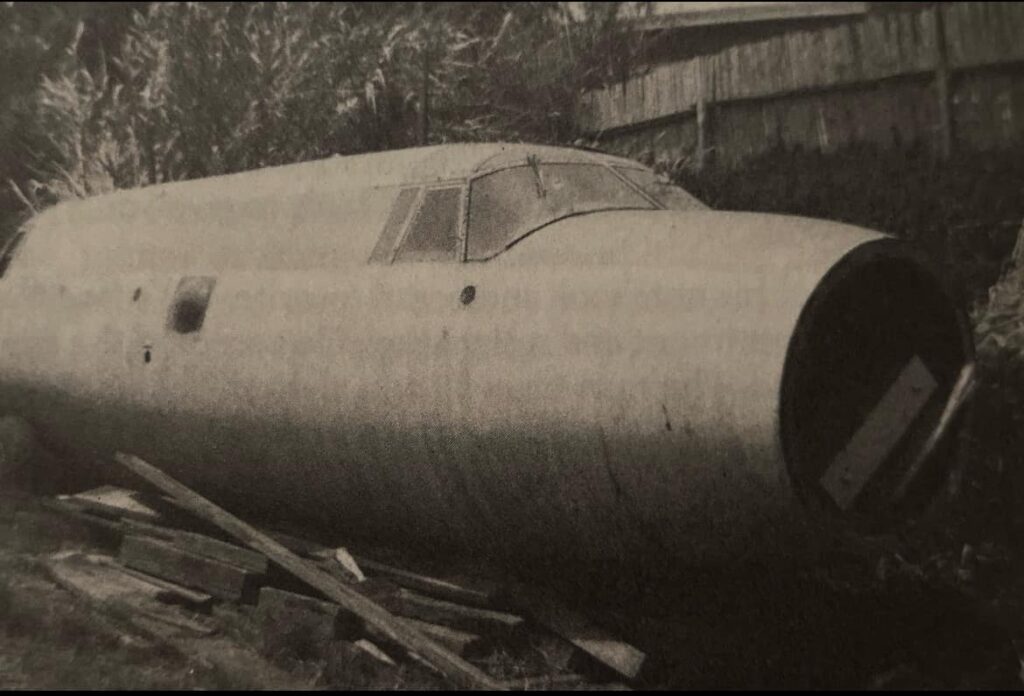
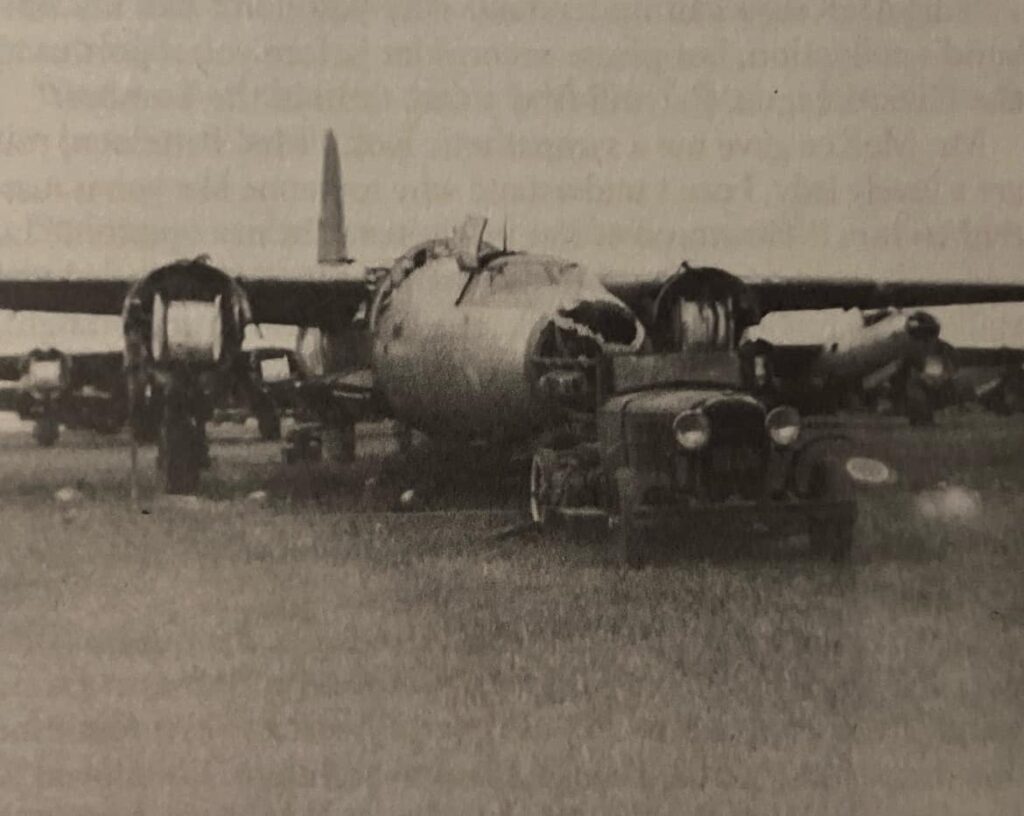
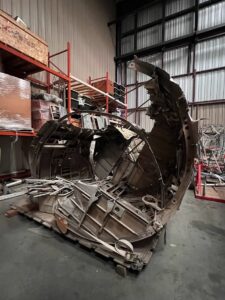
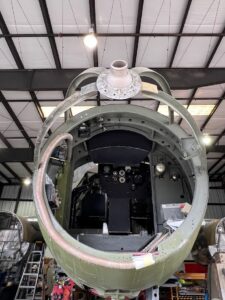
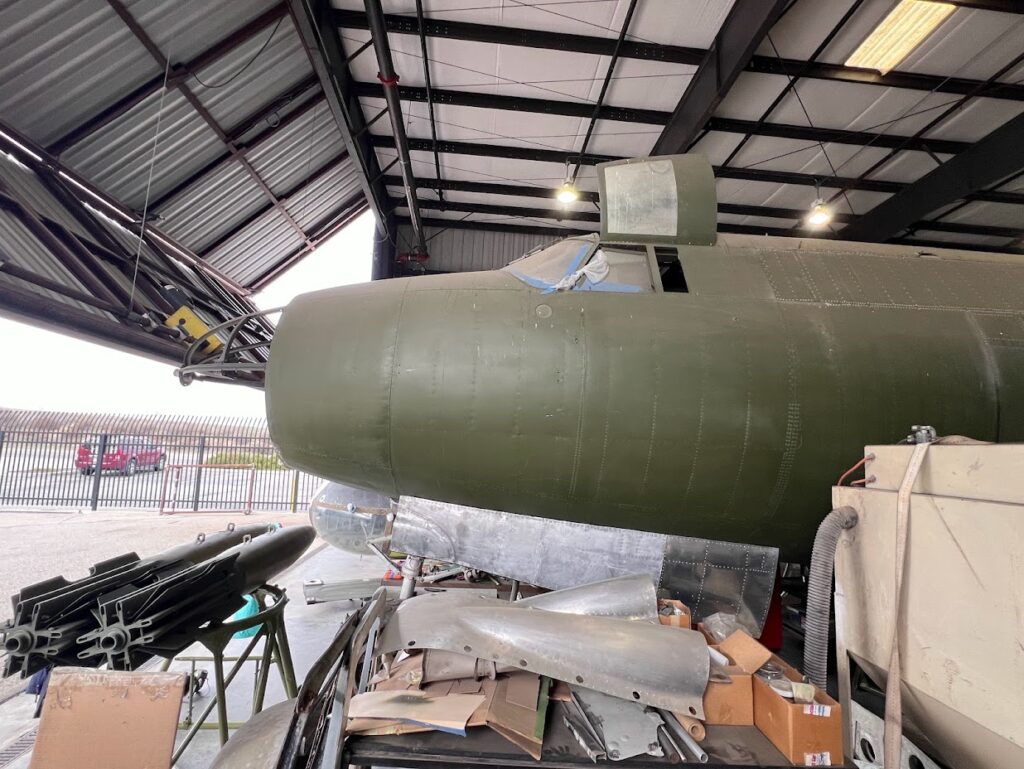
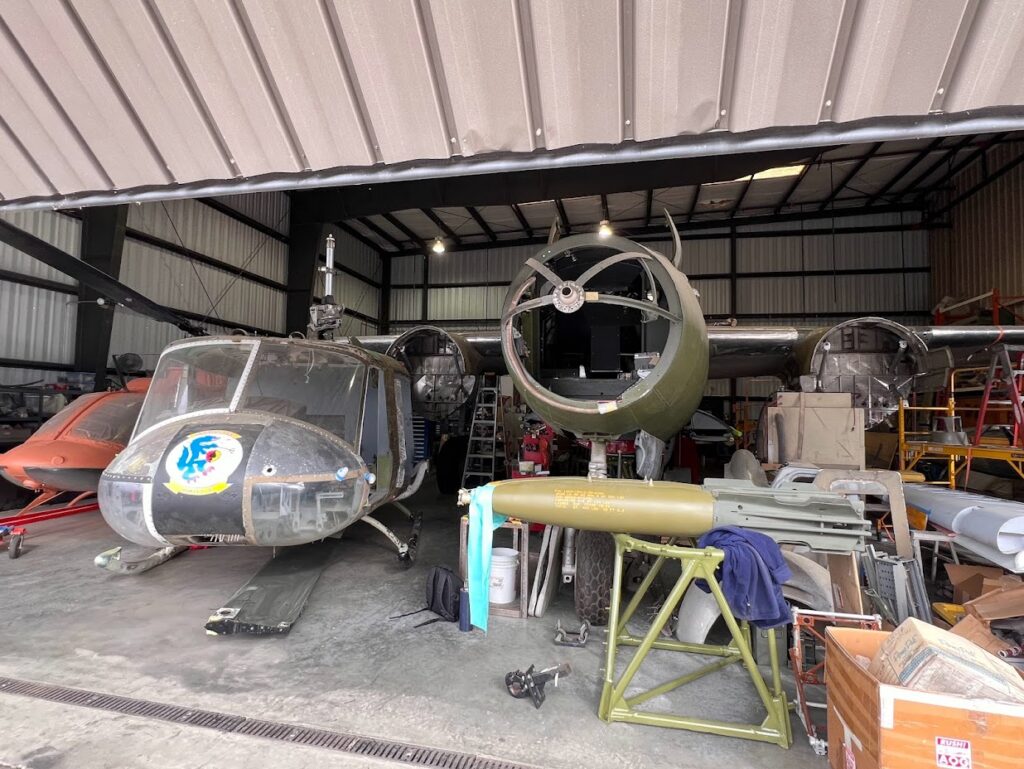
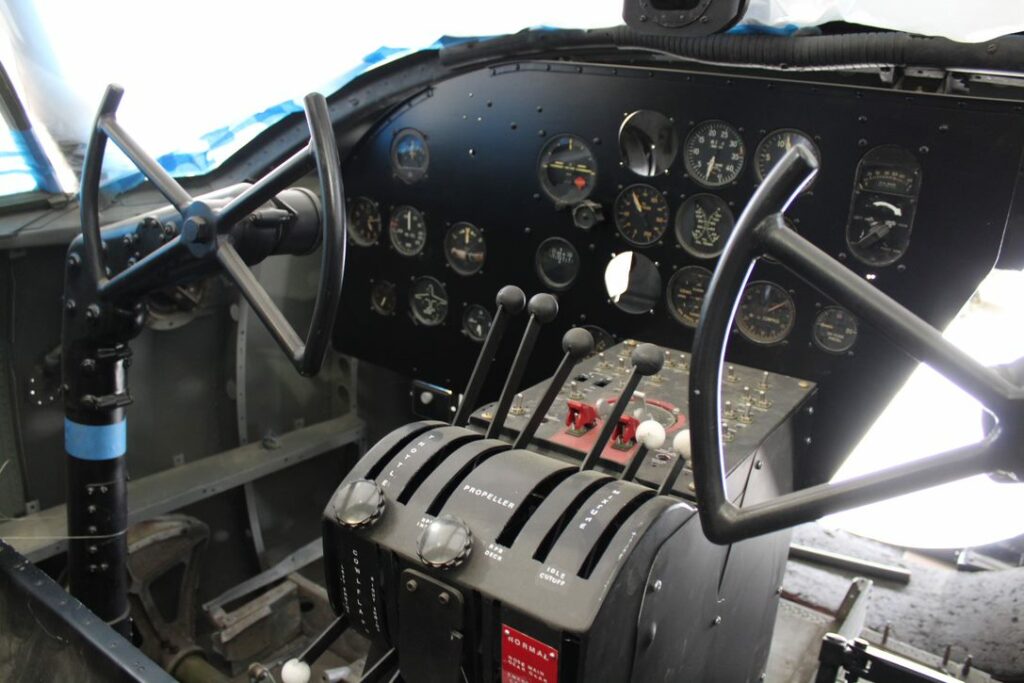
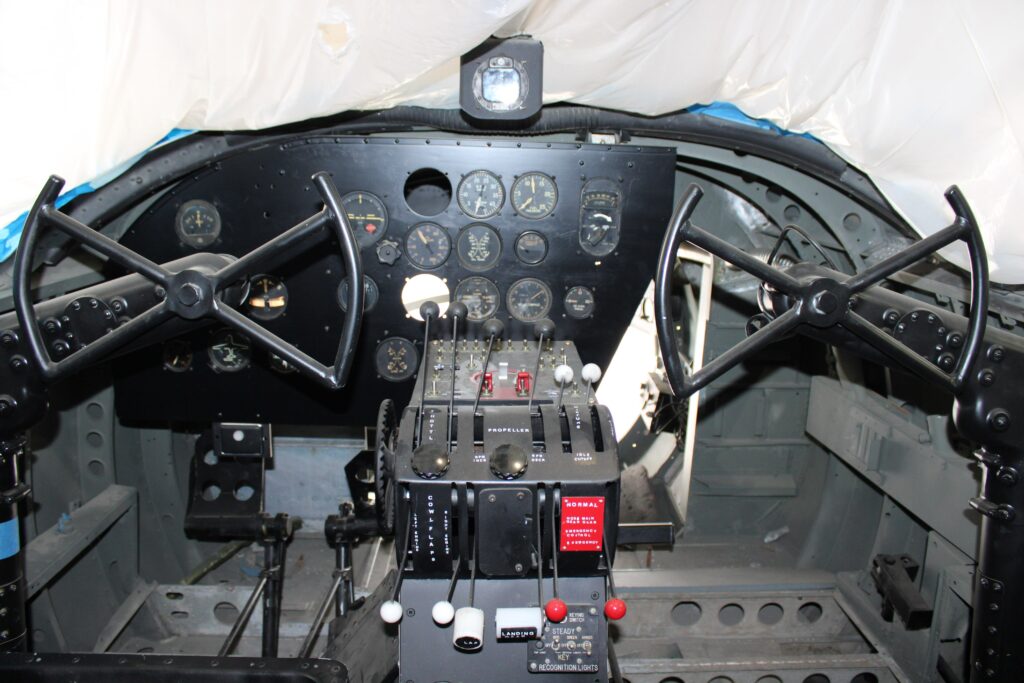
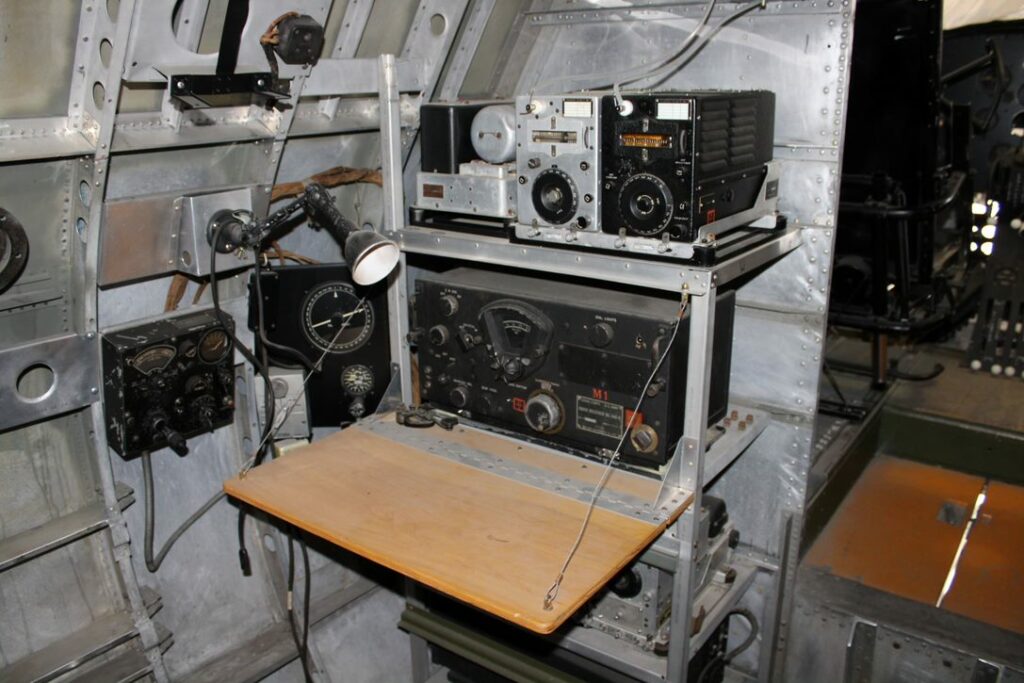
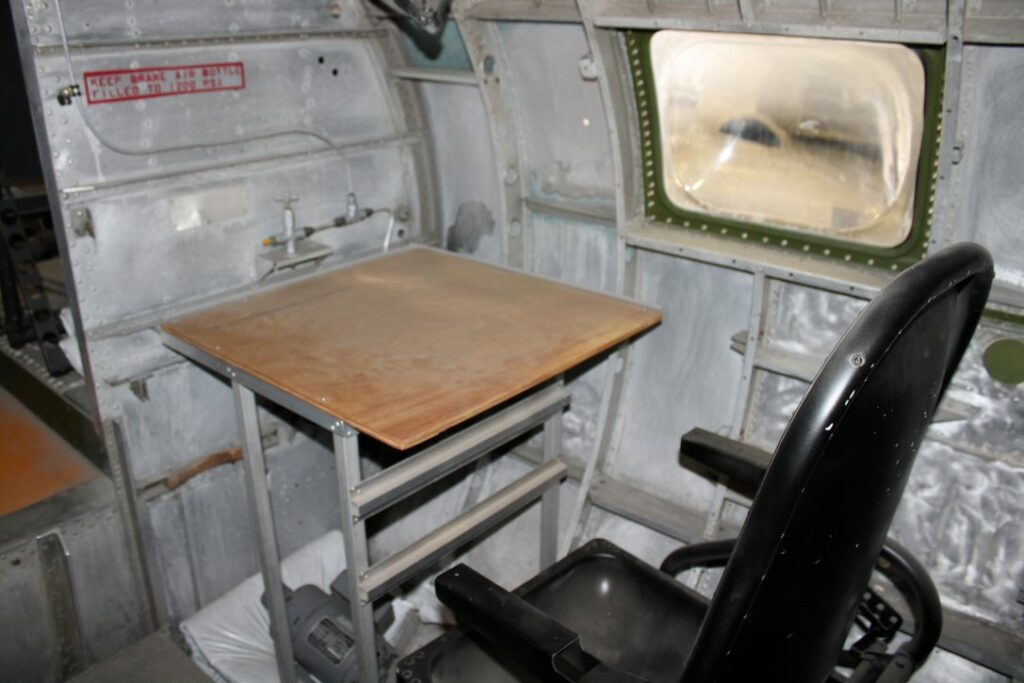
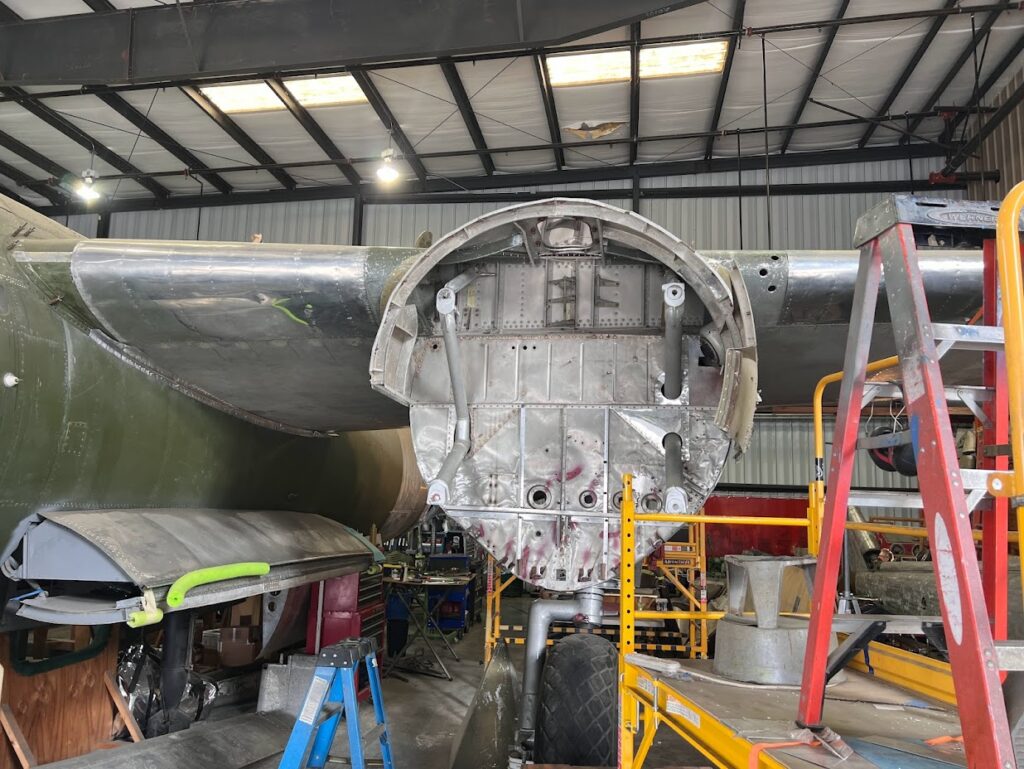
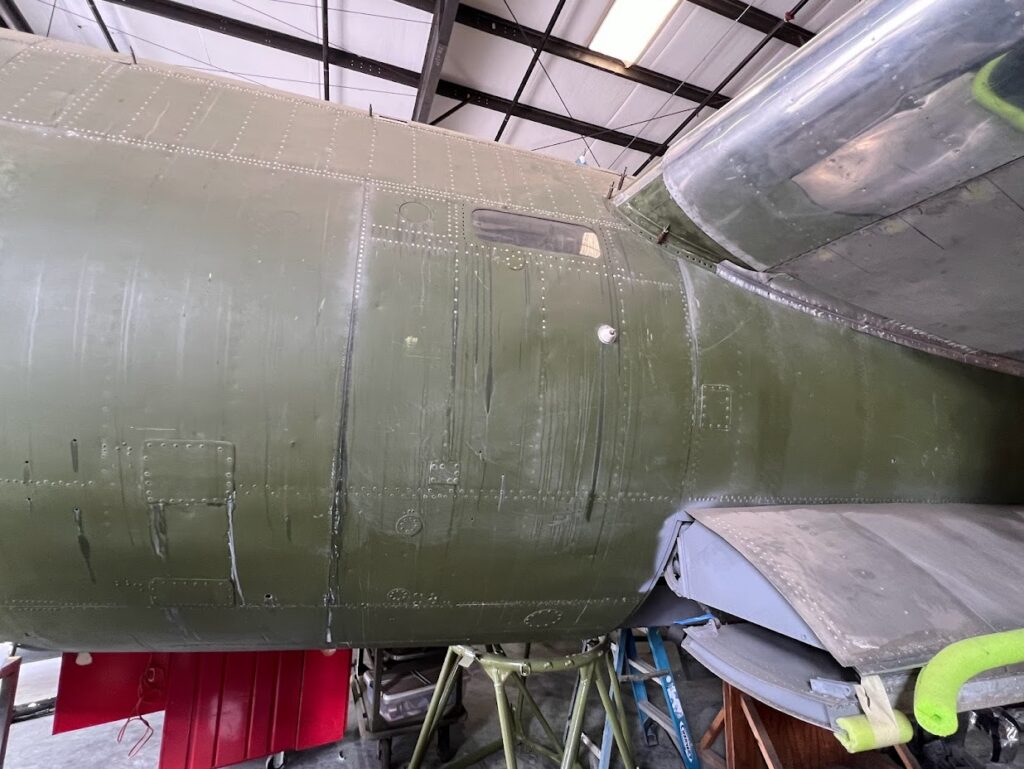
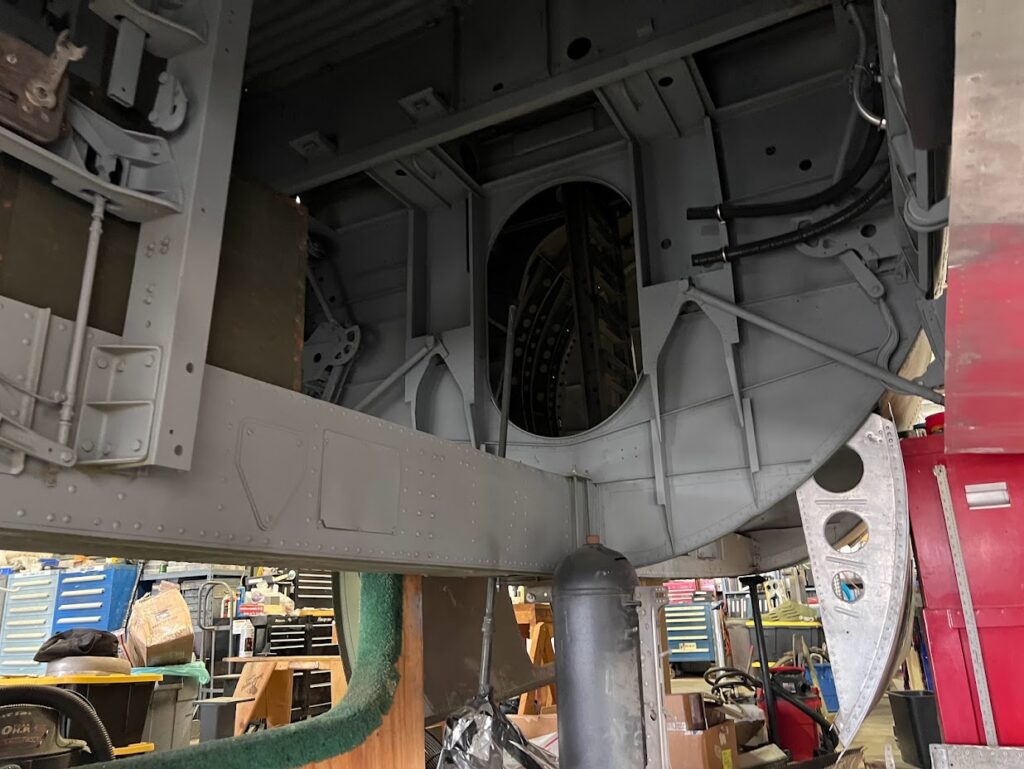
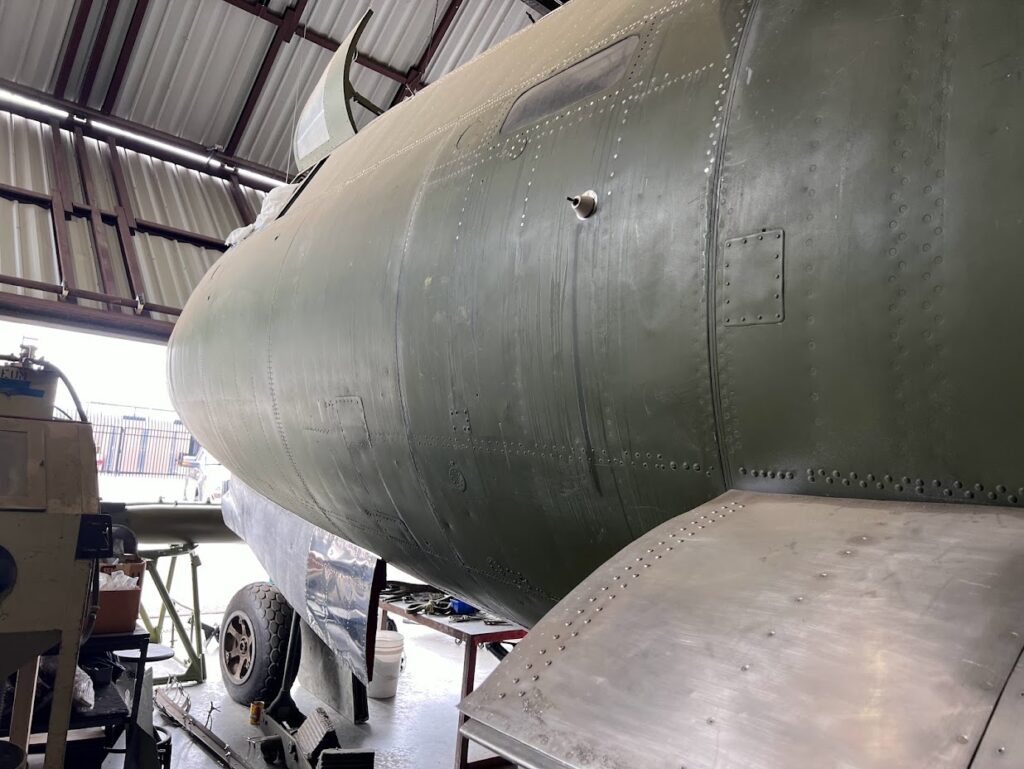
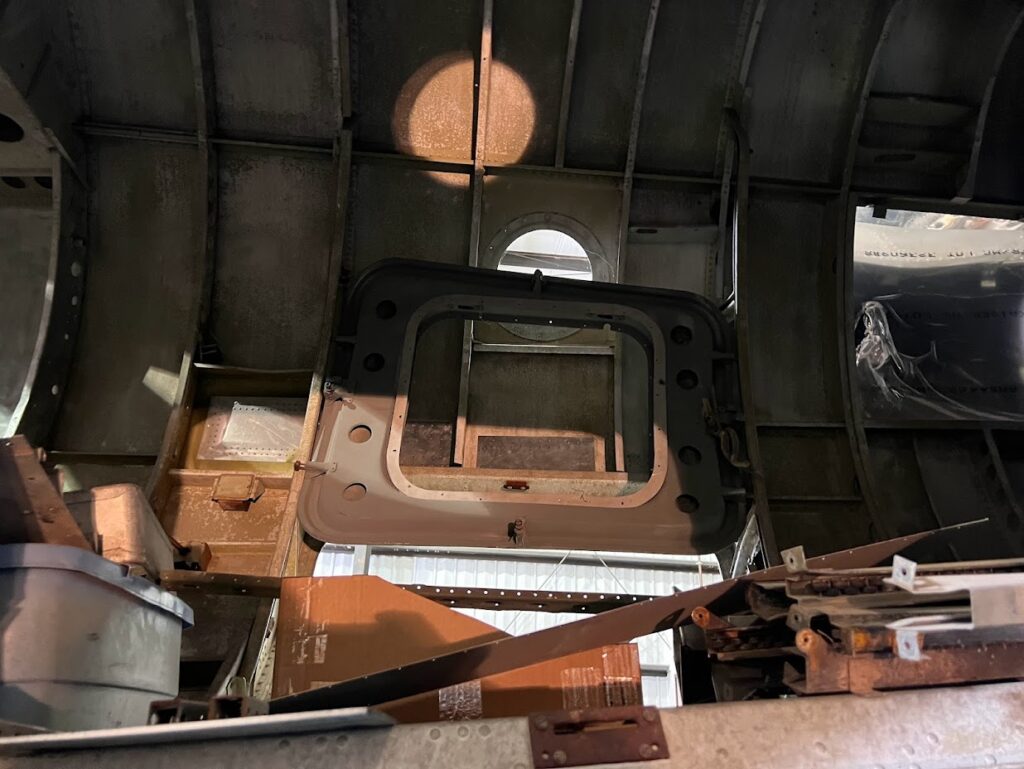
![Pima Air and Space Museum R5O Restoration Update 10 Only minor work remains to be carried out before the R5O is placed on outdoor display at the Pima Air and Space Museum. [Photo by Casey Asher]](https://vintageaviationnews.com/wp-content/uploads/Pima-Air-and-Space-Museum-R5O-Restoration-Update_3-150x150.jpg)

